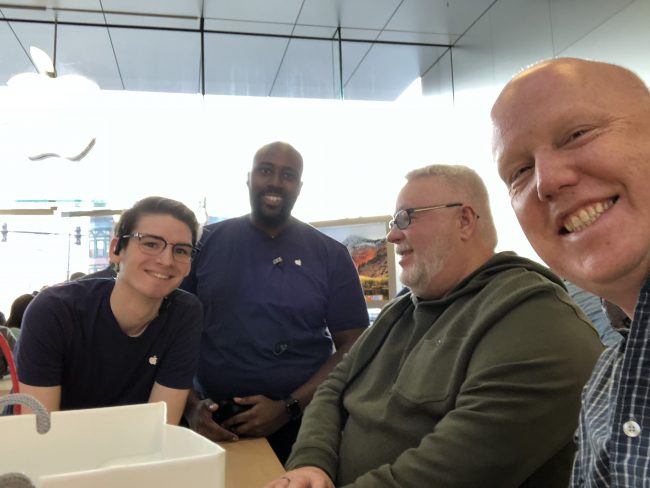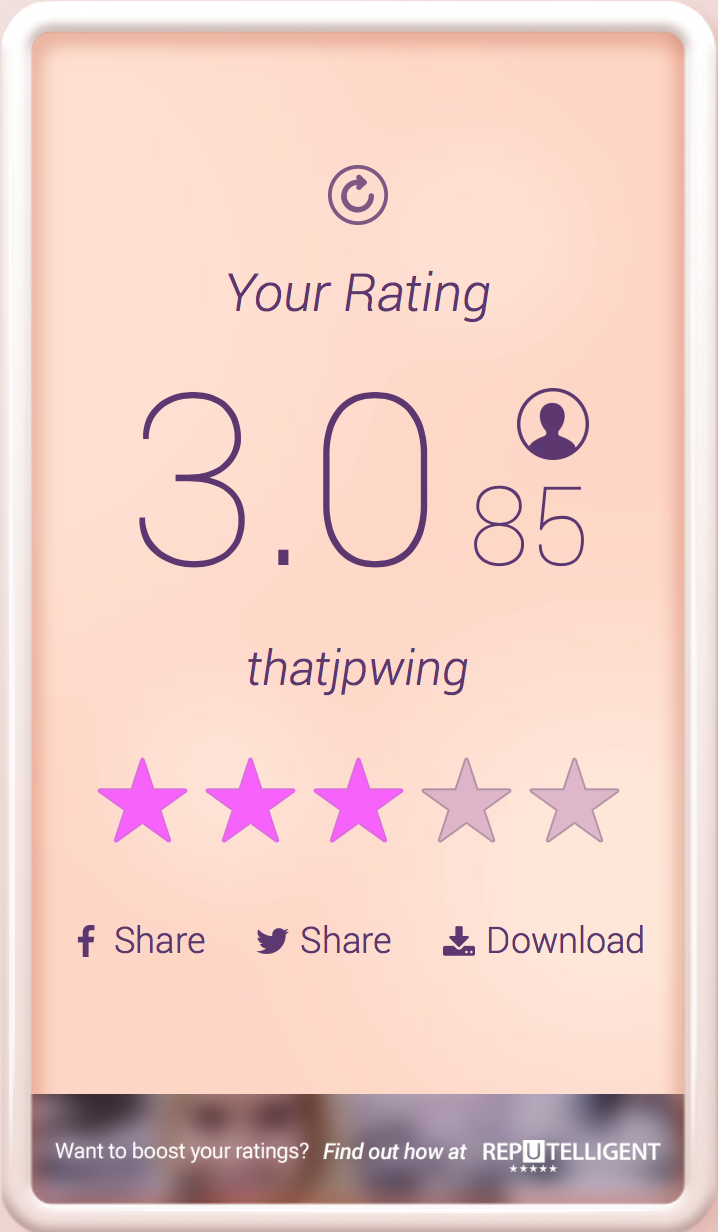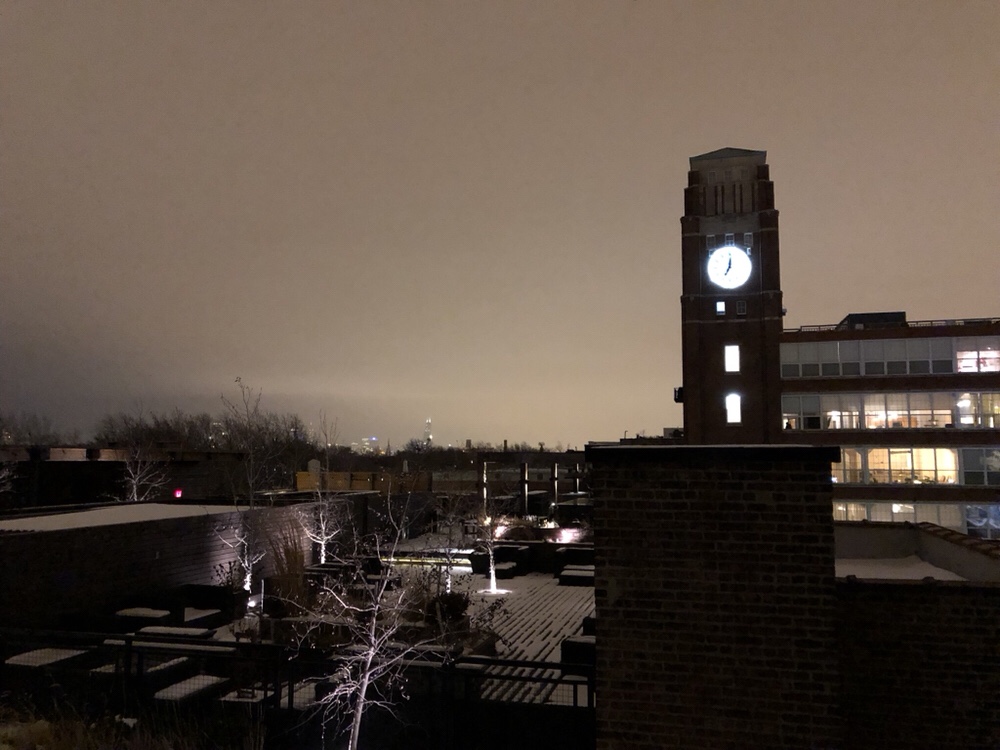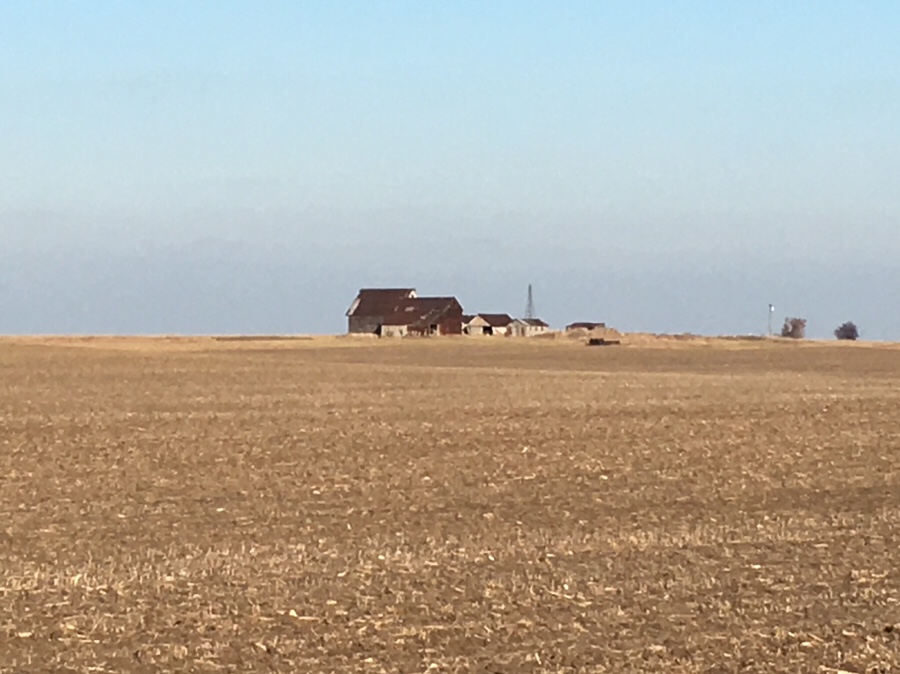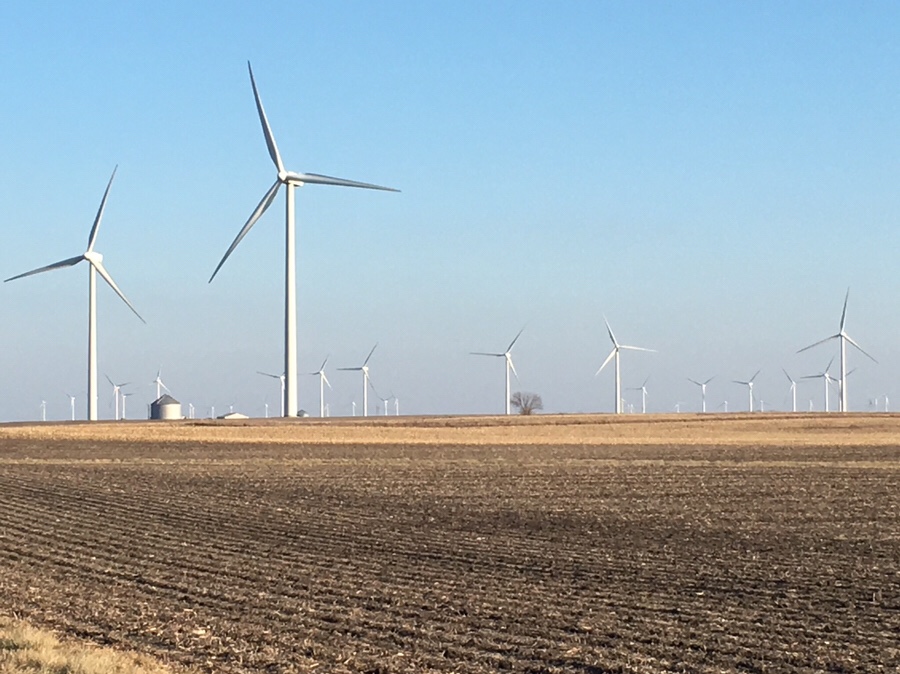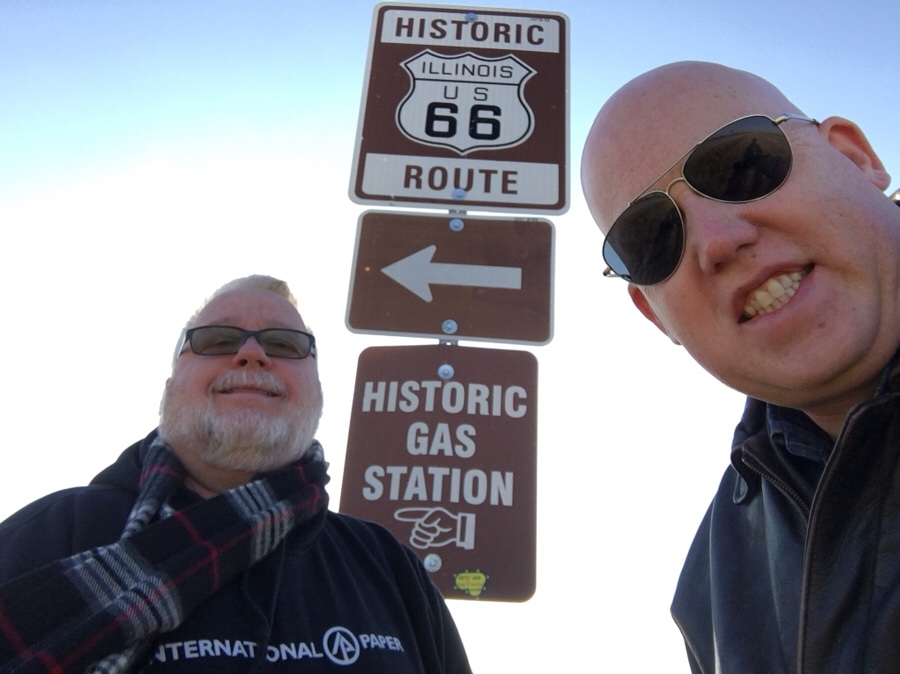In the early 1980s, my hometown bought used street lamps from a horse track. We were excited to see these street lights installed because they emitted this new (to us) orange glow. Prior to the installation of these street lamps we had only known the white glow of mercury vapor lamps that had been around since the 1950s. These refurbished high-pressure sodium lamps were more energy efficient and would provide better visibility during the winter months in the Lake Ontario Snowbelt. I remember asking my mom to take us out in the 1978 Impala after dark so I could see what they looked like. It was quite exciting for a geek like me.
High-pressure Sodium street lights have bene the norm across the United States for the past 30+ years. Looking down across the darkened landscape from an airplane, you see that now familiar orange glow everywhere. Looking out our living room this evening as I type this blog entry, the hazy sky is lit with an orange glow. This color is very prevalent in the city of Chicago.
I find it comforting.
There are efforts to now install LED smart lights; bulbs that report to some centralized location that they are not working properly. The lamps are even more efficient than their sodium predecessors, but unfortunately, they give us this bluish-white light that is downright invasive.
When I go for my morning walk before work, I tend to avoid the streets that have been converted over to the LED lamps. They’re just too bright for my blurry morning vision. The light is harsh. We may be saving money but it feels like we’re inciting insanity with these bright, garish lights. As you walk down the street, houses are bathed in this very bright light. Someone must be making a ton of money on room darkening curtains and shades.
As a private pilot, I prepare for a night flight by staying out of bright lights as much as possible. The cockpit is illuminated with red or very dim lighting to keep our eyes adjusted to the dark. It makes it easier to see things in the darkened sky when are eyes are using more rods than cones in the relatively darkened environment. Much of our technology is designed to change the color wavelengths displayed on the monitor or display as it gets closer to bedtime. This helps our brain adjust; too much bluish-white light keeps us awake.
I have to think that animals living in the neighborhood must hate these new LED lights.
Have you ever been driving along a country road and had an expensive car with crazy bright LED headlights come at you? How disorienting do you find that to be? I have to wonder how much of our safety is compromised as our eyes adjust back to a darkened environment. LED lights at night, especially these ultra-white/bluish lights are blinding.
I’m hoping that the city of Chicago takes a long time rolling out these LED lamps and that the comfortable hue of high-pressure sodium lights stays around for many more years. While energy savings is always a good thing, light pollution and messed up circadian rhythms can not be good for a residential area.

